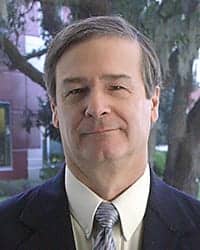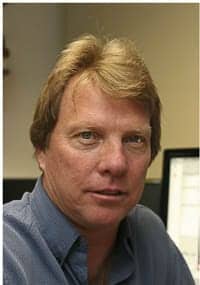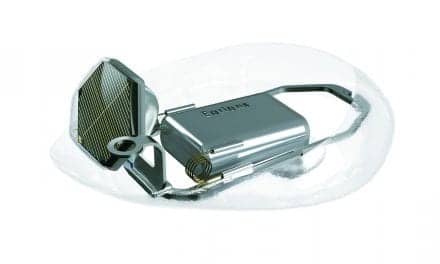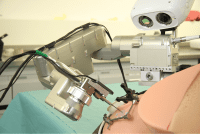Researchers in the University of South Florida’s Global Center for Hearing and Speech Research (GCHSR), a research center for age-related hearing loss, have received a 5-year, $9 million grant from the National Institutes of Health (NIH) to study two unique ways to treat age-related hearing loss (ARHL).
According to Robert Frisina, Jr, PhD, USF professor and director of the GCHSR, ARHL is the number one communication disorder and most common neurodegenerative condition affecting older Americans. This means that it impacts more people than other neurodegenerative diseases, such as Alzheimer’s disease or Parkinson’s disease.
While hearing loss can occur as a result of many conditions or environmental exposures, Frisina says the GCHSR focuses on age-related hearing loss.
“Permanent hearing loss, including ARHL, is estimated to affect 10% of the US population,” said Frisina in a recent University of South Florida announcement. “Currently, there are no FDA-approved treatments for permanent hearing loss, including ARHL, despite its prevalence. While ARHL directly and negatively affects quality of life for older people, severe ARHL has also recently been linked to the earlier onset of dementia.”
Frisina reports that GCHSR researchers are focusing on the key hormone “aldosterone” because it regulates a number of functions in the body, particularly those where sodium and potassium are especially important in normal physiology. Because reduced aldosterone levels have been linked to hearing loss, researchers hope by boosting the aldosterone levels in aging mice, it will improve their hearing. They will also reportedly develop a variety of unique and pleasant sounds to directly target known deficits of ARHL with a goal of shaping how the human ear and brain process sound to overcome these shortfalls.
“Having the proper levels of aldosterone is good for a number of systems in the body, not just hearing, so boosting its level may have other benefits,” added Frisina. “Most hormone levels decline with age, so it is likely that with correct timing and dosage, hormonal intervention could slow or prevent the progression of ARHL. Our first goal is to use animal models to determine if boosting aldosterone has a positive effect on hearing loss.”
According to USF, professor Joseph Walton, PhD, will serve as the project leader for the animal behavior and neurophysiology components of the grant. Using sensors that record brain activity during sound stimulation, Walton’s lab investigates the neural bases of hearing behavior of mice, correlating the perceptual abilities of mice to their brain’s encoding of sound. The goal, says Walton, is to uncover the neural underpinnings of improved sound perception.
Walton’s group has already discovered that long-term treatment with aldosterone in a mouse model of ARHL improves neural processing in a key brain region. They also found that the neural properties allowing the auditory system to separate one sound from another dramatically improved in treated mice versus those receiving a placebo. Their future work will investigate various combinations of therapeutics.
“Over the next several years, our lab will investigate the neural machinery of brain plasticity following one form of intervention – exposure to enriched auditory environments,” explained Walton. “The brain is very plastic, even the aged brain, and auditory training can improve auditory processing ability, especially in difficult listening situations. The key is to understand the neural mechanisms. A big breakthrough has come with our ability to understand the how the timing of the neural code for sound is altered in aging. The goal is to get neurons to improve their ability to synchronize their response with the sound signal.”
Another hallmark of ARHL is a loss of the fine timing needed to encode the details that give sounds clarity and a rich quality. This timing deficit can also make it difficult to accurately hear certain sounds and separate them from background noise.
The researchers say that the first step in their human studies will include monitoring aldosterone levels in humans with ARHL five times over a four-year period. They also will be working on devising pleasant, enjoyable sounds, possibly musical sounds, to which people with ARHL can listen. If successful, such treatments may help slow or prevent the progression of ARHL by re-training the ear/brain connections.
The research team will begin recruiting approximately 150 older study candidates later this spring to participate in the various studies. People interested in participating can contact the USF Auditory & Speech Sciences Laboratory.
Source: The University of South Florida
Image credits: USF; © Alexander Raths | Dreamstime.com






